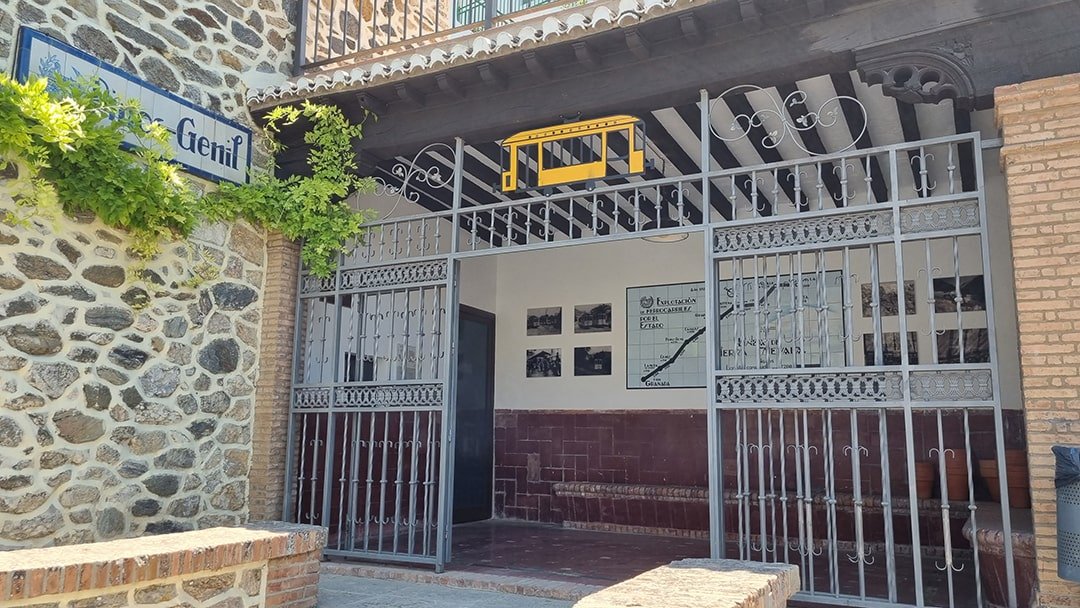The Sierra Tramway Interpretation Centre is made up of five thematic rooms:
The “Sierra Nevada Tramway” room, a moving model brings us back to times when the route of the tram passed through Pinos Genil in the 1950s, complemented with photos and information on everything related to the Sierra Nevada Tramway and the person responsible for such an ambitious project, the Duke of San Pedro de Galatino.
“Berta Wilhelmi” room, to rescue from oblivion a woman ahead of her time, who left such a deep mark on the society of Granada at the time and on the municipality of Pinos Genil, and to give her her deserved recognition.
In this room the visitor will discover the feminist Berta, who firmly believed in “The aptitude of women for all professions”; the businesswoman, who directed the Wilhelmi and Lemmé Manufacturing Company; the beekeeper, whose contributions earned her the title of the mother of mobile beekeeping in Granada; the educator, who introduced a new way of teaching through the School Colonies; the philanthropist, who introduced the School Soup in many schools in the city, built the Public School and the Library of Pinos Genil; the woman committed to her time, championing the fight against tuberculosis with the creation in 1918 of the Anti-Tuberculosis Sanatorium of Las Acacias (in the area of El Purche), in 1919 the Granada Anti-Tuberculosis Board, and in 1923 the Alfaguara Sanatorium and the Zenete Dispensary.
Undoubtedly a great unknown personality, whose fascinating history will not leave anyone indifferent.
“Factory of Light” room. This is the name by which the hydroelectric power station inaugurated in 1895, now disappeared, was popularly known. It was capable of supplying the city of Granada and the villages of the Upper Genil Valley, and provided energy for the first electric lighting for the Corpus Christi festivities in Granada.
“Factory of Blanqueo” room. The paper factory, located in the Blanqueo spot and in operation until 1927, owned by the Wilhelmi and Lemmé Manufacturing Company, together with its power station and the farms in the same area, were the driving force behind economic development at the beginning of the 20th century.











